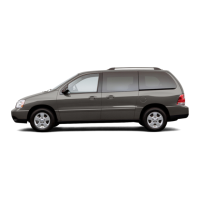
Do you have a question about the Ford 2006 Freestar and is the answer not in the manual?
| Brand | Ford |
|---|---|
| Model | 2006 Freestar |
| Category | Automobile |
| Language | English |
Alerts for vehicle conditions, explaining common warning lights and their meaning.
Explanation of the speedometer, engine coolant temperature, odometer, tachometer, and fuel gauge.
Details on operating the AM/FM tuner, CD player functions, and sound adjustments.
Instructions for using the cassette player, CD functions, and radio tuning.
Operation of the six-disc CD changer system, including loading, ejecting, and playback controls.
Operation of temperature selection, airflow, rear defroster, and fan speed.
Controls for front and rear climate zones, including defrost, fan speed, and temperature.
Operation of the headlamp control for turning lights on, off, and parking lamps.
Operation of windshield wipers/washers and rear window wiper/washer controls.
Instructions for manual and power operation of the sliding doors.
Details on opening, closing, and disabling the power sliding door.
Operation of the speed control system, including setting, disengaging, and resuming speed.
Programming and operating the HomeLink system for garage doors and other devices.
Displaying vehicle information, selectable features, and system warnings.
Operating the power liftgate, including safety warnings and resetting the system.
Operation of power door locks, memory lock, and smart locks features.
Operation of the remote entry system, including range and adding transmitters.
Operating the power liftgate with the remote and safety precautions.
Using the keyless entry keypad to lock/unlock doors and operate sliding doors.
Information on the anti-theft system, indicator light, and key requirements.
System warnings for unauthorized entry and how to arm/disarm the system.
Precautions for adjusting power seats and proper occupant positioning.
System for automatic positioning of seat, mirrors, and pedals to programmable positions.
Overview of the Personal Safety System and its components.
Explanation of how the Personal Safety System works and its components.
How the system detects occupants and disables airbags under certain conditions.
Information on the safety belt warning light and chime, including BeltMinder.
Functionality and precautions for the airbag supplemental restraint system.
Safety advice regarding children and airbags, including child seat placement.
Procedure for installing child safety seats using vehicle seat belts.
Information on using LATCH anchors for child seat installation.
Guidelines for selecting and replacing tires, including TPMS sensor compatibility.
Operation of the TPMS, including warning lights and when tires need air.
Ignition positions, preparing to start the engine, and starting procedures.
Information on brake noise, ABS, and Brake Assist system.
Explanation of how the ABS system maintains steering control during emergency stops.
Meaning of the ABS warning lamp and what to do if it illuminates.
How the Brake Assist system maximizes braking pressure during panic braking.
System that enhances vehicle stability, integrating ABS and Traction Control.
Brake-shift interlock and understanding gearshift positions.
How the RSS system warns the driver of obstacles near the rear bumper.
Information on Ford's complimentary roadside assistance program and what it covers.
Information on fuses, their ratings, and replacement procedures.
Procedure for changing a flat tire, including safety warnings.
Steps for safely changing a tire, including parking brake and wheel blocking.
Safety precautions and procedures for jump-starting a vehicle.
Step-by-step instructions for connecting jumper cables correctly.
Guidelines and precautions for towing a vehicle with a wrecker.
Information on obtaining warranty repairs and contacting dealers.
Procedure for reporting vehicle defects to NHTSA and Ford Motor Company.
Guidelines for washing the vehicle exterior, including recommended products and precautions.
Overview of DIY service items, scheduled maintenance, and professional service.
Safety precautions to follow when working on the vehicle.
Checking and adding windshield washer fluid, including fluid type and precautions.
Checking and adding engine oil, including oil and filter recommendations.
Detailed steps for checking and adding engine oil.
Checking engine coolant concentration and level, and refill capacities.
Procedure for adding engine coolant, including mixture and precautions.
Safety precautions for handling automotive fuels.
Measuring techniques and tips for filling the fuel tank correctly.
Tips on driving habits that improve fuel economy.
Explanation of the OBD-II system for monitoring engine emissions.
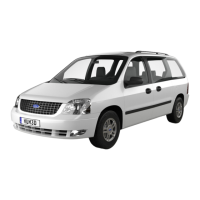
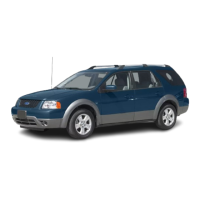
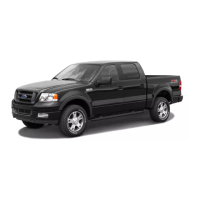
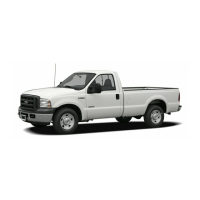
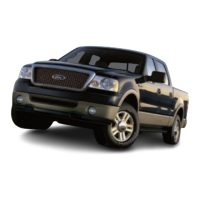
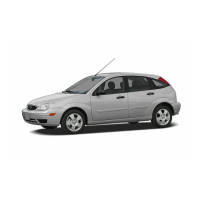
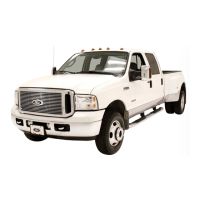
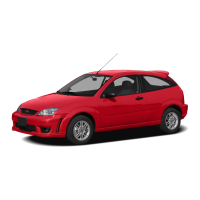
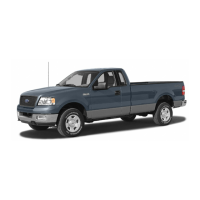
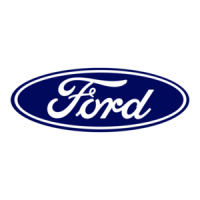
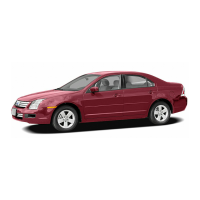
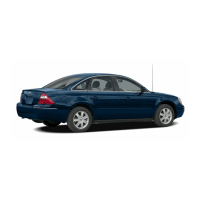
